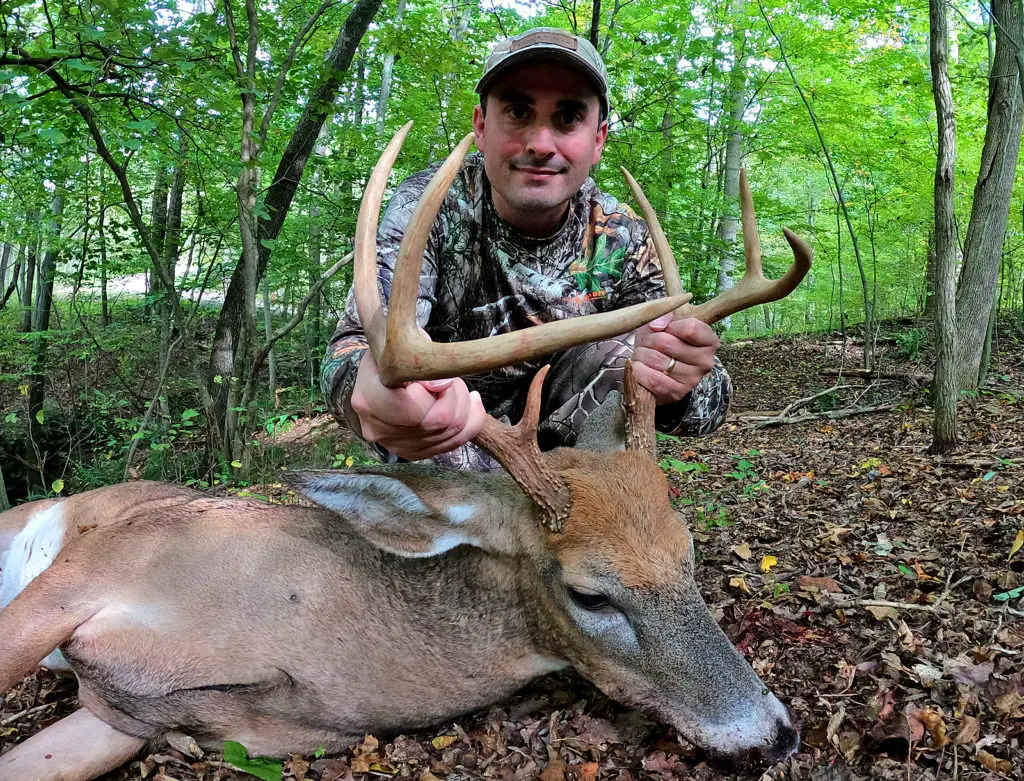October can be one of the best times to be in the woods, but ALOT is happening and changing this month. If you can flow with the changes and use them to your advantage, you can excel. If you keep trying to do the same thing all month, your effectiveness is going to diminish. On this episode I talk about how to get the most out of hunting deer in October.
In October:
- The days go from long to short
- The weather goes from warm to cool
- The cover goes from dense to thin
- The deer go from social to ready to fight to the death
- The places deer spend time go from summer patterns to fall
- The times of day bucks are most active goes from evening to morning
- The hunting pressure goes from zero to heavy
- The focus of deer goes from munching to breeding
- The strategy of most hunters from bad to worse
If you know how to manage all of these changes and use them to your advance, this can be your most productive month in the woods!
Listen to the episode for all the details.

